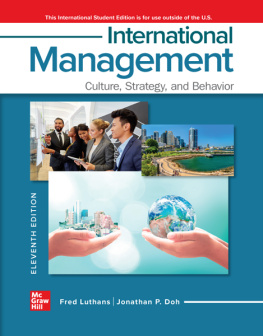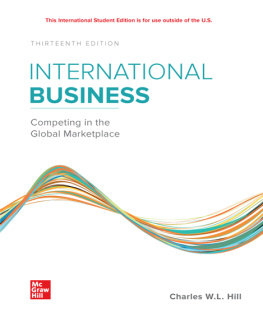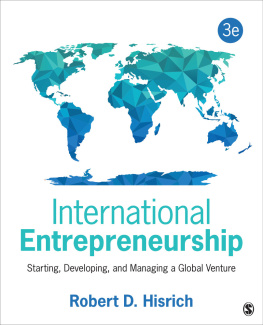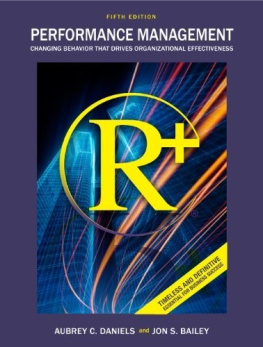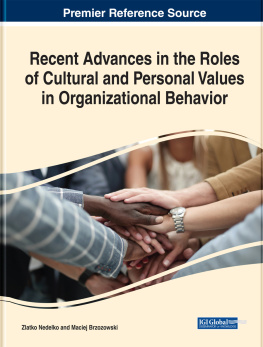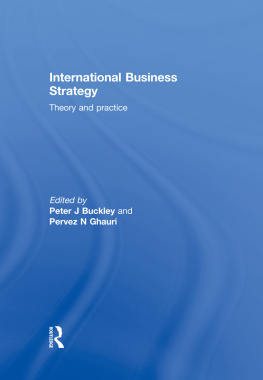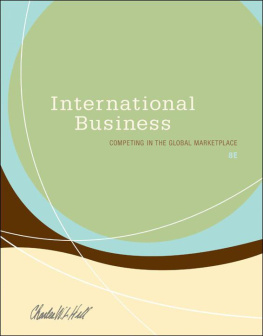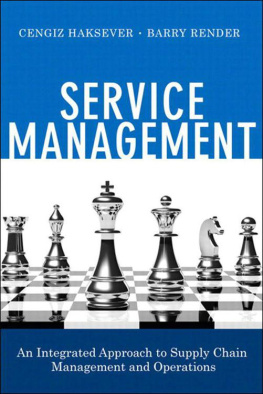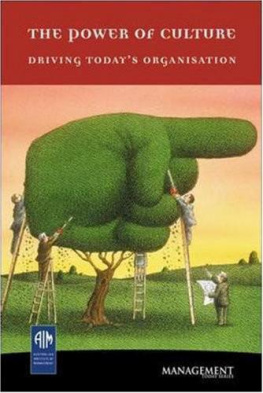Page 101
Brief Integrative Case 1.1
Advertising or Free Speech? The Case of Nike and Human Rights
Nike Inc., the global leader in the production and marketing of sports and athletic merchandise including shoes, clothing, and equipment, has enjoyed unparalleled worldwide growth for many years. Consumers around the world recognize Nike's brand name and logo. As a supplier to and sponsor of professional sports figures and organizations, and as a large advertiser to the general public, Nike is widely known. Nike was a pioneer in offshore manufacturing, establishing company-owned assembly plants and engaging third-party contractors in developing countries. As an early adopter of this manufacturing model, Nike has faced a variety of ethical and moral challenges over the last three decades.
In 1996, Life magazine published a landmark article about the labor conditions of Nike's overseas subcontractors, entitled On the Playgrounds of America, Every Kid's Goal Is to Score: In Pakistan, Where Children Stitch Soccer Balls for Six Cents an Hour, Their Goal Is to Survive. Accompanying the article was a photo of a 12-year-old Pakistani boy stitching a Nike-embossed soccer ball. The photo caption noted that the job took a whole day, and the child was paid US$0.60 for his effort. Up until this time, the general public was neither aware of the wide use of foreign labor nor familiar with the working arrangements and treatment of laborers in developing countries. Almost instantly, Nike became a poster child for the questionable unethical use of offshore workers in poorer regions of the world. This label continued to plague the corporation as many global human interest and labor rights organizations have monitored and often condemned Nike for its labor practices around the world.
In the years following, Nike executives were frequent targets at public events, especially at universities where students pressed administrators and athletic directors to ban products that had been made under sweatshop conditions. Indeed, at the University of Oregon, a major gift from Phil Knight, Nike's CEO, was held up in part because of student criticism and activism against Nike on campus.
Nike took immediate action to repair its damaged brand. In 2001, the company established a Corporate Responsibility and Sustainability Committee to ensure that labor practices were ethical across its supply chain. By 2003, the company employed 86 compliance officers (up from just three in 1996) to monitor its plant operations and working conditions and ensure compliance with its published corporate code of conduct. In 2005, Nike became the first among its peers to release a complete listing of all of the overseas factories that it contracts for labor. That same year, Nike released the pay scales of the factory workers and addressed actions it was taking to further improve conditions. Even so, the stigma of past practiceswhether perceived or realremained emblazoned on its image and brand name. Nike found itself constantly defending its activities, striving to shake this reputation and perception.
In 2002, Marc Kasky sued Nike, alleging that the company knowingly made false and misleading statements in its denial of direct participation in abusive labor conditions abroad. Through corporate news releases, full-page ads in major newspapers, and letters to editors, Nike defended its conduct and sought to show that allegations of misconduct were unwarranted. The action by the plaintiff, a local citizen, was predicated on a California state law prohibiting unlawful business practices. He alleged that Nike's public statements were motivated by marketing and public relations and were simply false. According to the allegation, Nike's statements misled the public and thus violated the California statute. Nike countered by claiming its statements fell under and within the protection of the First Amendment, which protects free speech. The state court concluded that a firm's public statements about its operations have the effect of persuading consumers to buy its products and therefore are, in effect, advertising. Therefore, the suit could be adjudicated on the basis of whether Nike's pronouncements were false and misleading. The court stated that promoting a company's reputation was equivalent to sales solicitation, a practice clearly within the purview of state law. The majority of justices summarized their decision by declaring, because messages in question were directed by a commercial speaker to a commercial audience, and because they made representations of fact about the speaker's own business operations for the purpose of promoting sales of its products, we conclude that these messages are commercial speech for purposes of applying state laws barring false and misleading commercial messages (Kasky v. Nike Inc., 2002). The conclusion reached by the court was that statements by a business enterprise to promote its reputation must, like advertising, be factual representations and that companies have a clear duty to speak truthfully about such issues.
In January 2003, the U.S. Supreme Court agreed to hear Nike's appeal of the decision in Kasky v. Nike Inc. from the Page 102 California Supreme Court. In particular, the U.S. Supreme Court agreed to rule on whether Nike's previous statements about the working conditions at its subcontracted, overseas plants were in fact commercial speech and, separately, whether a private individual (such as Kasky) has the right to sue on those grounds. Numerous amici briefs were filed on both sides. Supporters of Kasky included California, as well as 17 other states; Ralph Nader's Public Citizen Organization; California's AFL/CIO; and California's attorney general. Nike's friends of the court included the American Civil Liberties Union, the Business Roundtable, the U.S. Chamber of Commerce, other MNCs including Exxon/Mobil and Microsoft, and the Bush administration (particularly on the grounds that it does not support private individuals acting as public censors).
Despite the novelty of this First Amendment debate and the potentially wide-reaching effects for big business (particularly MNCs), the U.S. Supreme Court dismissed the case (6 to 3) in June 2003 as improvidently granted due to procedural issues surrounding the case. In their dissenting opinion, Justices Stephen G. Breyer and Sandra Day O'Connor suggested that Nike would likely win the appeal at the U.S. Supreme Court level. In both the concurring and dissenting opinions, Nike's statements were described as a mix of commercial and noncommercial speech. This suggested to Nike, as well as other MNCs, that if the Court were to have ruled on the substantive issue, Nike would have prevailed.
Although this case has set no nationwide precedent for corporate advertising about business practices or corporate social responsibility (CSR) in general, given the sensitivity of the issue, Nike has allowed its actions to speak louder than words in the years since. As part of its international CSR profile, Nike has assisted relief efforts (donating to tsunami relief in 2004 and Haiti earthquake relief in 2010) and advocated fair wages and employment practices in its outsourced operations. Nike claims that it has not abandoned production in certain countries in favor of lower-wage labor in others and that its factory wages abroad are actually in accordance with local regulations, once one accounts for purchasing power and cost-of-living differences.
As part of its domestic CSR profile, Nike is primarily concerned with keeping youth active, presumably for health, safety, educational, and psychological/esteem reasons. Nike has worked with Head Start and Special Olympics Oregon, as well as created its own community program, NikeGO, to advocate physical activity among youth. Partnering with then First Lady Michelle Obama, Nike worked to implement the Let's Move campaign into schools across the U.S. In conjunction with the U.S. Olympic Committee, Nike also sponsors Project Play, which aims to reshape the direction of youth sports by encouraging children to stay involved and feel included. In advance of the 2020 Olympics, Nike also launched a free online training program for volunteer youth coaches. Furthermore, Nike is committed to domestic efforts such as hurricane relief and bettering education, the latter through grants made by the Nike School Innovation Fund in support of the Primary Years Literacy Initiative.
Next page
